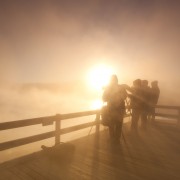Why I Keep Returning to Iconic Landscape Photography Locations
No matter what continent you choose to explore, the world is overflowing with iconic landscape photography locations – places that are frequently visited for any number of reasons. Some are popular because they represent or are symbolic of some aspect of their environment. Locations that are inspirational for one reason or another can also be considered iconic. Other places stand out because they combine beautiful landscapes with easy access (no need to tackle a long strenuous hike or slay a dragon to get there).
Whatever the reason, these are popular landscape photography locations that are visited a lot and are endlessly photographed. And, with such an abundance of iconic landscape photos out there (and marketing departments using these photos to attract tourists), these breathtaking areas continue to attract more and more visitors.
The Critics and Naysayers
There are some landscape photographers who frown on visiting iconic locations, especially considering that some of these destinations see hundreds (many even thousands) of photographers every year. I can’t count the number of times I’ve heard someone say that they believe a popular location has been overshot.
Some photographers also feel that the majority of photographs from these iconic places lack creativity. In other words, they’re cliché shots – the locations are overused and there’s no original thought behind the images. Many professional landscape photographers and critics turn up their noses and believe that the concept of creative photography gets lost within these popular locations.
Discouragement also contributes to the attitude of some naysayers. These photographers feel that it’s all been done before and there’s nothing new to discover in these places.
I personally don’t agree with this criticism and I don’t embrace the discouragement that some feel. I believe in learning the soul of a place and, if you strive to do this, there’s always new perspectives to discover. If you take the time to truly see and know a location, you’ll find that it is as changeable as the shifting patterns of light in the ice at Jökulsárlón (more on this later).
It’s easy to think that a location is so overshot that it has lost its appeal when it comes to creative photography or new and different compositions. This article hopefully sheds some light on why I don’t believe this, especially when it comes to landscape photography.
Changing Light in Landscape Photography
Simply put, photography is all about capturing light. And, the light in landscape photography that we long to capture is often quite unpredictable. Each moment can vary from the previous one – whether it be moody light with heavy overcast skies… a breathtaking and colorful sunset… or a dark storm rolling in. Knowing this, it’s easy to believe that, no matter how many times we visit a location (iconic or not) our view – and resulting images – can be completely different each time.
Let’s take a look at our visit to Geysir in Iceland. This iconic landscape photography location, with its active geyser, hot springs, and easy access, attracts many tourists each year. After all, who would want to pass up an opportunity to view the Strokkur geyser going off every few minutes? The view is mesmerizing. Crowds linger in awe to watch this frequent explosion taking place in front of them.
We’ve visited this location several times and each time we were fortunate enough to capture it in very different light conditions. The first shot below was actually taken by Jay during a scouting trip before our workshop. It was midday and everything was evenly lit. This made it easy to properly adjust his camera’s exposure settings. Jay used a fast shutter speed to freeze the motion and his aperture helped him get everything in sharp focus. He adjusted his ISO based on the histogram on the back of his camera.
The second photo (directly above) was the exact type of image many people have always dreamed about. The exploding geyser with spectacular light conditions directly over it. Jay shot this photo in the early morning, just before sunrise. The exposure was difficult due to the extreme dynamic range. He had to rely again on his camera’s histogram to set the correct exposure. In post-processing, Jay had to use Photoshop Layers and Masks to restore the details and complex colors in every part of the image.
Like I already mentioned, photography is all about capturing light. It’s this light that defines your landscape photos. With varying light conditions comes the creation of different textures and colors. And, as it changes, this captured light highlights different aspects of the location – and provides the opportunity for unique and creative photography each time you visit.
Capturing Mood at Iconic Landscape Photography Locations
When it comes to landscape photography, the connection between mood and the weather never ceases to amaze me. It’s natural for folks to associate different types of weather with various emotions. The relationship between these two factors is one reason for endless creative photography opportunities even in the most iconic of locations.
Take, for example, the ambiance that stormy weather brings. Dark roiling storm clouds can create a looming sense of mystery and doom. They can stir up more serious, solemn, or profound feelings for those who experience it. On the other end of the spectrum, bright light and spring colors can create a more cheerful, lighthearted mood. With a shift in weather, some places gain an entirely new personality from one moment to the next while other locations show more subtle changes.
One iconic landscape location where we experienced this dichotomy for landscape photography is Vestrahorn. This beautiful mountain range in Iceland makes for fantastic fine art images. Vestrahorn is a scree mountain that overlooks the Atlantic Ocean. It’s surrounded by massive tidal flats with black sand beaches and rippling coastal grass blanketing the dunes. Tourists and photographers can visit year-round and access the area easily by car. With a vast number of creative photography opportunities, Vestrahorn is one of the most visited location by photographers.
During one of our visits, intense light emphasized the mountain allowing the wet black sand in the foreground to capture its reflection. Light conditions were difficult to expose properly due to the wide dynamic range created by the dark sand and the intense spotlight on the left side of the mountain. Jay used his camera’s histogram to avoid clipping the shadows and highlights. And then used post-processing to successfully bring out the incredible details of the scene.
This was not the case on our next visit – what a contrast! The day we visited had a view that was ideal for creating postcard photos. A light breeze was blowing, and the spring lupines were in full bloom. This is where Jay got creative with managing the light. He used his ND filters which allowed him to capture the motion of the wind. He also experimented with different shutter speeds to create a perfect amount of blur in the foreground.
To me, it’s always worth coming back… returning to a location that sparks our imaginations in a variety of ways. If you can, return to a location repeatedly. Explore it in different conditions and get to know its moods. There are so many variables – changing seasons… changing light… different angles… rain and snow and mist. Get to know them all if you can!
Exploring Creativity Photography
So, I’ve believed I’ve made the case that iconic locations are worth visiting (and photographing) and even doing so more than once. That being said, I suppose one can argue that we can’t endlessly do this – visit a location over and over and over again and still come away with varying photos.
If that argument is true, then a solution is to go beyond the usual and look for opportunities for more creative photography. Don’t just stand at that popular overlook. Explore the location. Try different camera lenses. Adjust your tripod to make the most of its agility. Look past the obvious. Trust me. Inspiration is there. You simply must be willing to look for it.
Jökulsárlón in Iceland is one of those iconic landscape photography locations that we return to again and again. Over the past few years, tourism has really taken off in Iceland. And, because this spot is easy to find and easy to access, many, many photographers visit it every year. Despite this fact, it never grows old or over-used for us.
I took the above shot in the middle of the night, in the short space between a midnight sunset and a 3am sunrise. The world around me seemed completely blue. This large chunk of ice broke off from an iceberg, floated from a beautiful lagoon to the sea, and washed up on the beach. As I watched, waves crashed against it, smoothing its surface, and constantly changing the patterns of shadow and light that danced through it. It was mesmerizing. A long exposure let me capture the smooth patterns of the waves. I used my tripod to keep my camera perfectly steady for a couple of seconds while the waves pulled back towards the sea.
After the traditional shot of the icebergs in the lagoon, I wanted to try for something different… a more creative approach to the same view. I opted for a shallow depth of field (DOF) with a selective focus. For the shot below, I set up my Benro tripod low to the ground. I then focused on the lacy patterns in the ice. A wide-open aperture softened the background while still offering a subtle hint of the sunrise over the distant mountains.
Needless to say, I was very happy with the resulting image!
So, remember… when it comes to your creative options, you are not only limited to your photography composition. Actually, these options are quite endless. Any combination of various tripod heights, camera lenses, filters, shutter speeds, and other camera settings provides you with a huge and boundless variety of creative control over your images.
It’s all about the Experience
Aside from the reasons we’ve already covered in this article, there are still more reasons to visit an iconic location for your landscape photography.
If you are an amateur photographer, it’s all about the experience. Visiting (and even revisiting) an iconic location allows you the opportunity to truly exist in and experience the moment. Honestly, it’s not only about capturing the great photos. Relishing the experience enhances the visit far more than just the photos you emerge with. It helps define who you are, who you want to be as a landscape photographer, and allows you to come back with stories that you can share with your audience.
If you’re a professional photographer like us, we want to know the essence of a location in a variety of conditions. Sometimes even we find unexpected opportunities to share with our students.
My advice? Ignore the critics. Go and visit these breathtaking locations and truly take in every moment you spend there. And, while you’re at it, you may even come away with stunning photos that encompass your own unique taste.

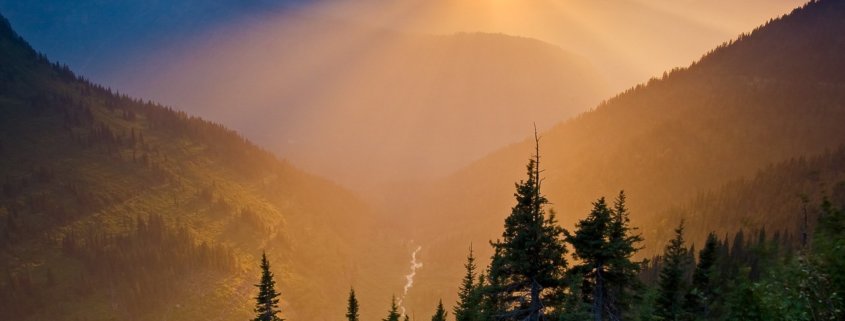

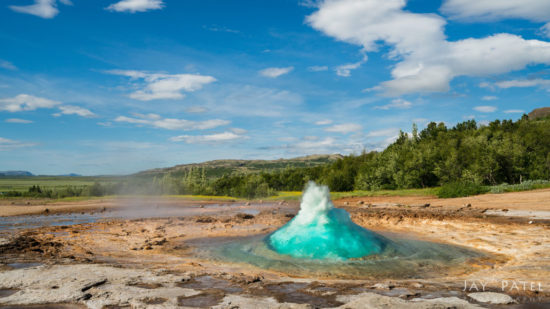



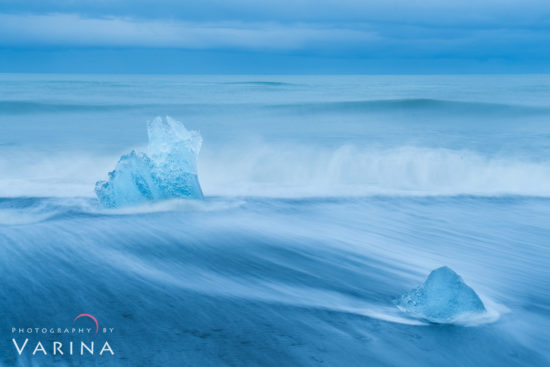
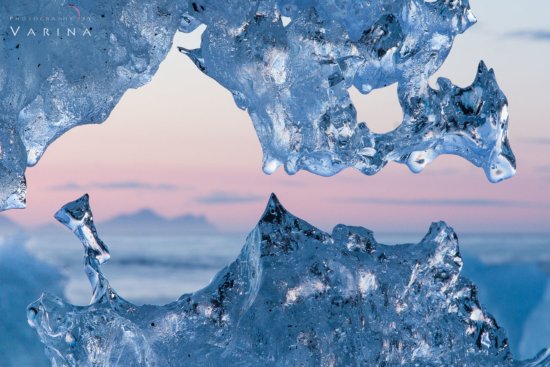
 Grant Collier
Grant Collier

